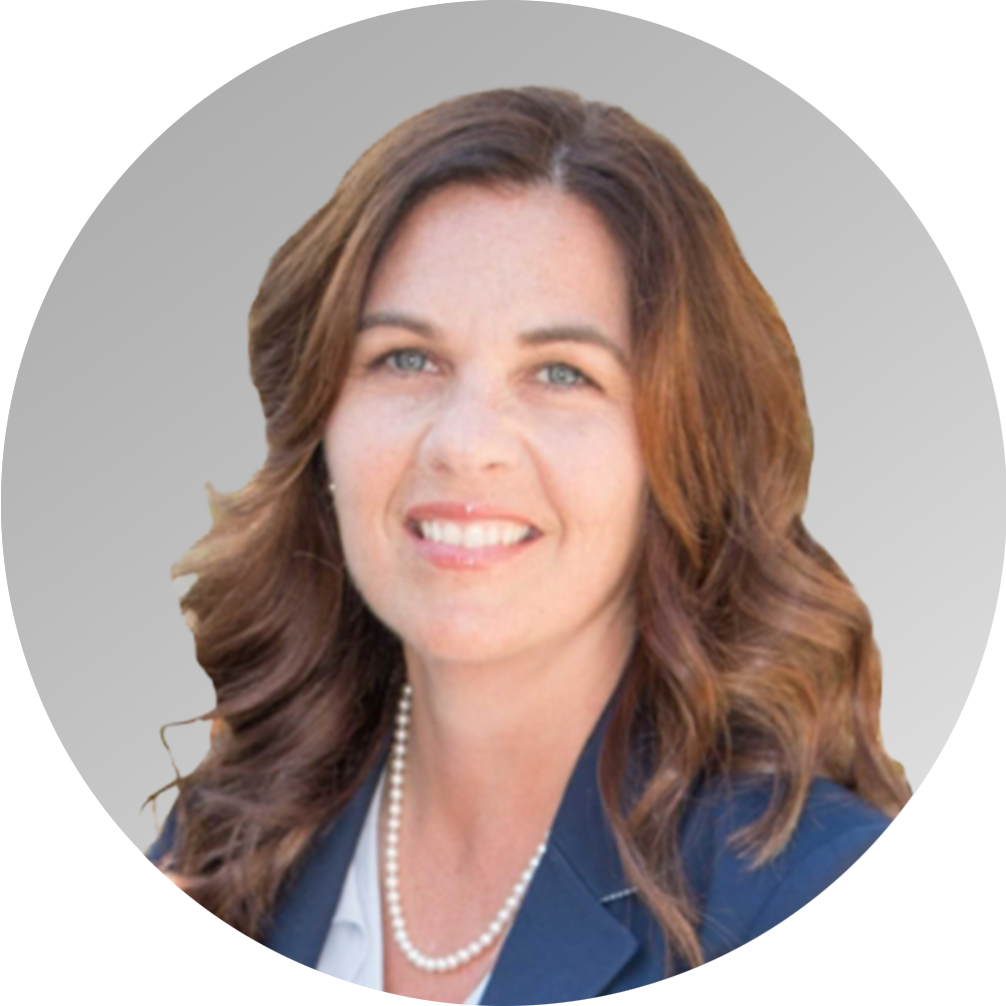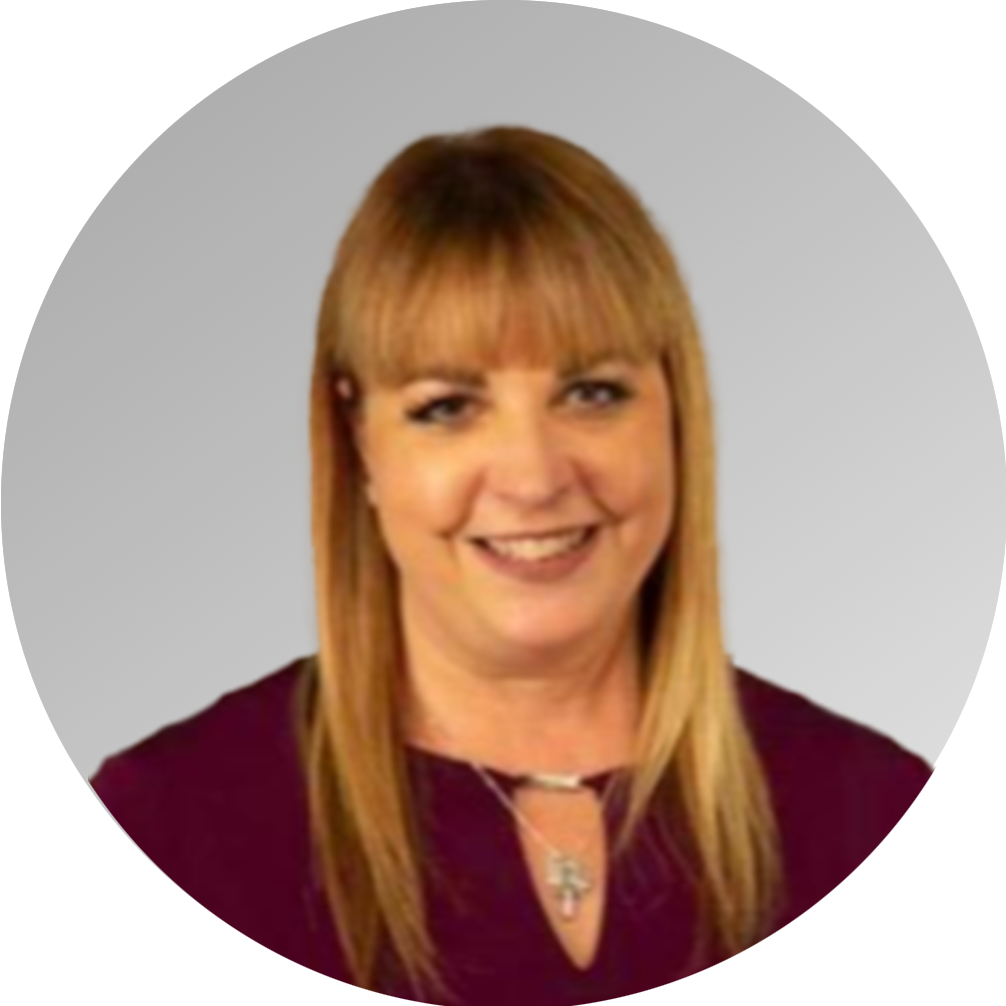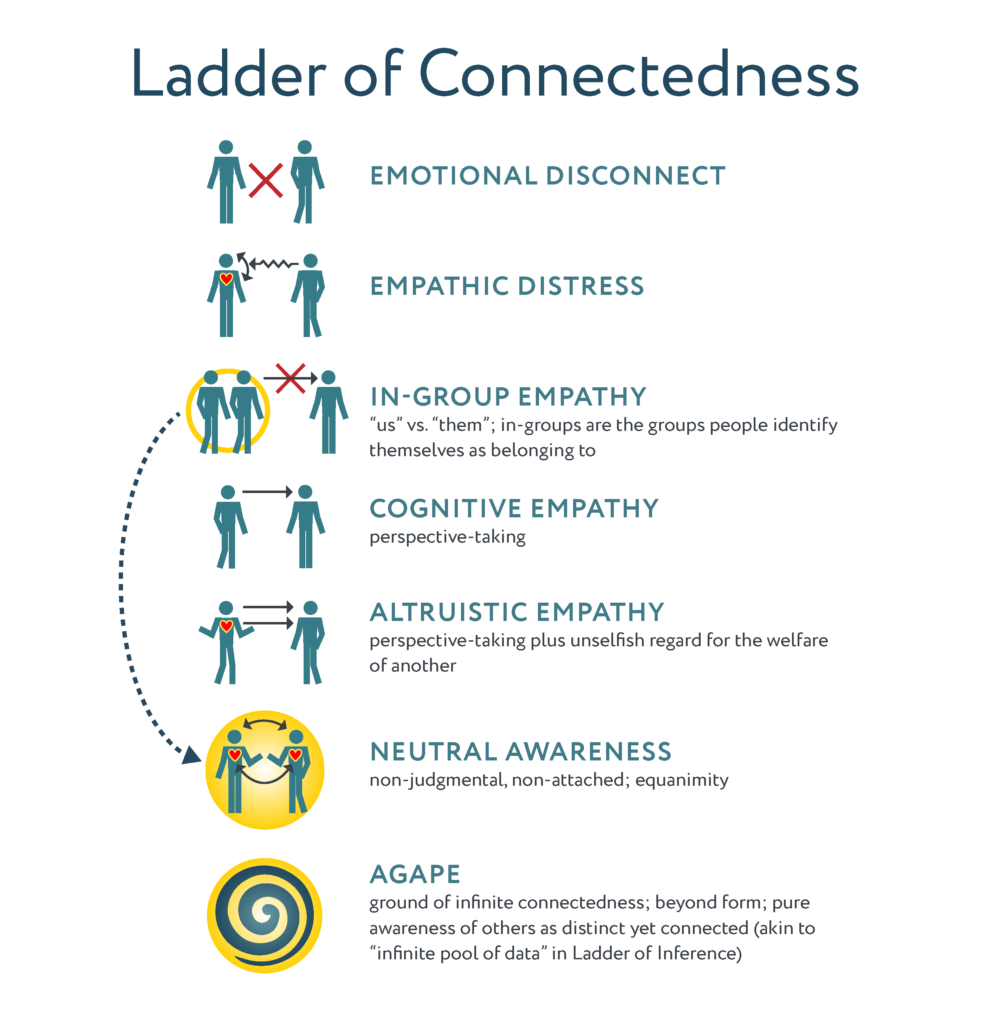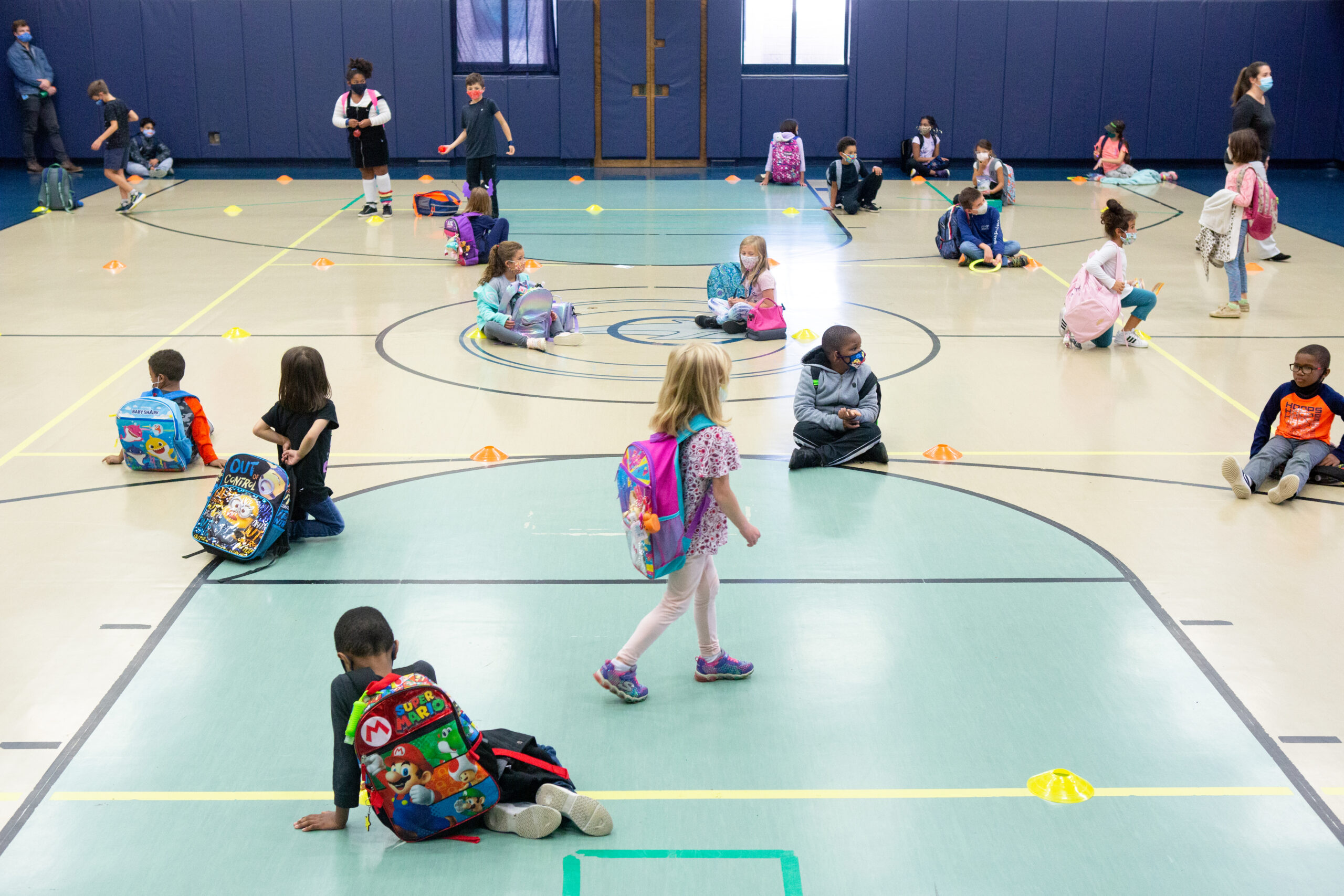News & Announcements
Project CLEAR (California Literacy Elevation by Accelerating Reading)
Project CLEAR builds capacity in implementing and accelerating literacy development in districts across the state. Educators can participate in one of two levels of professional learning offered through Project CLEAR – Teacher Leaders and Teachers. Participation is fully funded through Project CLEAR! For more information, see Project CLEAR’s webpage on our Learning Acceleration System Grant Website.
In Case You Missed It
System of Support Updates (May 2023)
New 21CSLA Practice Brief: Insights from California’s TK Educators and Leaders
Drawing from interviews with California UTK leaders, this practice brief underscores key themes from UTK educational leaders as areas ripe for further research. These findings serve to illuminate the challenges, opportunities, and ingenuity of educators and districts in supporting UTK implementation or expansion. Read the brief
May Resources
- Mental Health Awareness Month – NAMI raises awareness and provides support to educate the public on mental health
- Healthy Minds Innovations – an easy to use app as a guide to well-being
- Asian Pacific American Heritage Month – Find ready use lesson plans, student activities, guides, and research aids in this selection of resources for teachers
About the Teaching, Learning, and Leading Center (TLLC)
Our team works in alliance with educators to improve teaching, learning, and leadership so every student is inspired and prepared to thrive as their best self.
About the CCEE
The California Collaborative for Educational Excellence is a statewide leader delivering on California’s promise of a quality, equitable education for every student.
Executive Director’s Corner
Wellness in Education
By Matt J. Navo, Executive Director, CCEE

What do we mean by wellness in education? For us it means a myriad of support needed to address Social Emotional Learning (SEL), mental health, and well-being of students. If we can see how SEL strategies and practices impact the mental health and well-being of students, then it would allow educational practitioners to be more focused on how to utilize funding to support the wellness of students and educators. Measuring the impact of those supports and services as it relates to the education of the whole child requires an intentional awareness and design so that LEAs can efficiently and effectively address the needs of their students and the educators that support them. This newsletter highlights some resources, services, and supports that address wellness education for adults and students in education and the importance of wellness for teaching and learning.
What Do We Mean by Wellness in Education?
By Stephanie Gregson, Ed.D. Deputy Executive Director, CCEE

Executive Director Matt Navo started off his article with the question, “What do we mean by wellness in education?” I’d like to dive into this question a little more with adding what does wellness mean and what do we mean by wellness in education for students and educators?
In 1976, Dr. Bill Hetler released the Six Dimensions of Wellness Model. The six dimensions of wellness are: Emotional, Physical, Intellectual, Occupational, Spiritual, and Social. He defines wellness as functioning optimally within your current environment. So what does this mean for students? What does this mean for educators?
Diving into wellness just a little deeper, you find that wellness involves seeing our lives from multiple sides, a holistic view, and brings about an awareness that each dimension is interconnected and contributes to a healthy or unhealthy life. How does this translate into how we are providing an education grounded in wellness? From my experience, the first step is having self-awareness of how we are showing up for ourselves, our students, and our colleagues on a daily basis. How are you as an individual and as part of a collective enhancing your wellness and creating opportunities for students to enhance their wellness?
The National Wellness Institute developed three questions to help professionals and organizations to determine how successfully they are incorporating wellness into their strategies and initiatives:
1. Does this help individuals achieve their full potential?
2. Does this recognize and address multiple dimensions of wellness?
3. Does this affirm and mobilize an individual’s unique qualities and strengths?
I encourage us all to consider these three questions when we are developing programs, strategies, and initiatives for students and for each other.
SEL: Creating Impact To Accelerate Learning
By Barb Flores, Project Director, California Collaborative for Learning Acceleration (CCLA)

The California Collaborative for Learning Acceleration (CCLA) recognizes the importance of intentional use of evidence-based practices and integrating social-emotional learning (SEL) into every child’s school experience. SEL is a core component of CCLA, empowering educators with strategies that will impact instructional decisions moving forward.
Aligned with the California Social Emotional Learning Guiding Principles and Collaborative for Academic, Social, and Emotional Learning, CCLA values building positive relationships and leveraging student’s strengths as conditions for learning. CCLA focuses on developing the whole child through a systems lens, promoting equitable and inclusive learning environments with evidence-based social, emotional, and academic practices, and engaging in a process of continuous improvement. CCLA provides asynchronous courses and in-person professional learning that embeds SEL in math, literacy, and language development.
“Engaging educators in implicit and explicit SEL practices is essential to the academic success of students,” said Dr. Mary Ann Dewan, Santa Clara County Superintendent of Schools. “This essential instructional support provided by the California Collaborative for Learning Acceleration aims to have a great impact on student learning.”
On March 11, 2023, CCLA held its first summit – Students First: Learning Forward Together. Doug Fisher presented All Learning is Social and Emotional. “Academic learning may be the explicit focus of schooling, but what teachers say, the values we express, the materials and activities we choose, and the skills we prioritize all influence how our students think, see themselves, interact with content and with others, and assert themselves in the world.” Dr. Doug Fisher’s session is available at https://sites.google.com/sccoe.org/cclearningacceleration/2023-summit.
A Two Pronged-Approach to Tackling Educator Burnout
By Hallie Fox, Head of Research at Educators Thriving & Tyler Hester, CEO and Founder of Educators Thriving


Tyler Hester spent his first year of teaching like many first year teachers – overwhelmed. Thanks to support from his colleagues, he made it through. During his subsequent years in the classroom and leading a teacher preparation program, he saw numerous early-career educators burnout and leave. He knew what so many of us know: it doesn’t need to be this way. There are predictable and preventable causes of educator burnout. We can and should be better equipping educators to thrive in the face of those predictable challenges.
As a doctoral student at Harvard, Tyler worked alongside the Boston Teachers Union to pilot a well-being program open to all members – not just new teachers. Much to his surprise, the room the union had booked was too small to accommodate the number of people interested. Since then, Educators Thriving has served educators in over 26 districts and county offices across the country with demonstrated results: statistically significant reductions in burnout and increases in well-being.
However, Tyler and our team knew that equipping individual educators wasn’t enough; we must also improve the conditions in which teachers work. Educators Thriving now offers measurement and strategic consultation to help school and district leaders improve well-being for all staff using a unique, educator-generated scale. We offer ongoing support to leaders and simultaneously address aspects of organizational structures or culture that detract from staff well-being. By equipping individual educators and enabling leaders to drive systematic change, we can help every educator achieve well-being and reach their full potential.
How We Show Up Matters
By Erik Swanson, Senior Advisor, CCEE

When we attend meetings, whether in-person or virtual, we tend to follow a pattern or standard of behavior that determines how we interact with our teammates. This could be greeting others enthusiastically, being reserved and waiting to be called on, identifying more strongly with someone with similar experiences, or leaning in to support a teammate in need. While all of these styles can be effective in supporting our teammates, it’s important to consider whether they are effective in supporting the system as a whole.
To understand this better, we can refer to the “Ladder of Connectedness1” graphic, which represents how our connections can either support or mute our ability to foster a generative social field. A space that can support all of our teammates and move the organization forward. The three empathic stances we can take – in-group empathy, cognitive empathy, and altruistic empathy – can definitely support our teammates. However, taking somebody’s side or their feelings and/or perspective doesn’t always allow us to remain neutral and see multiple perspectives, to see the entire system.
This is where neutral awareness comes in – the ability to remain non-judgmental and non-attached, in a state of equanimity and ultimate balance. By showing up with neutral awareness, we can influence the space to be more generative, and drive the system to better outcomes for students. This doesn’t require any extra professional development – just a different way of showing up that can make a big difference. So, try it out and see what you notice – how we show up really does matter.

- Peter Senge & Mette Boell, Compassionate Systems Framework
